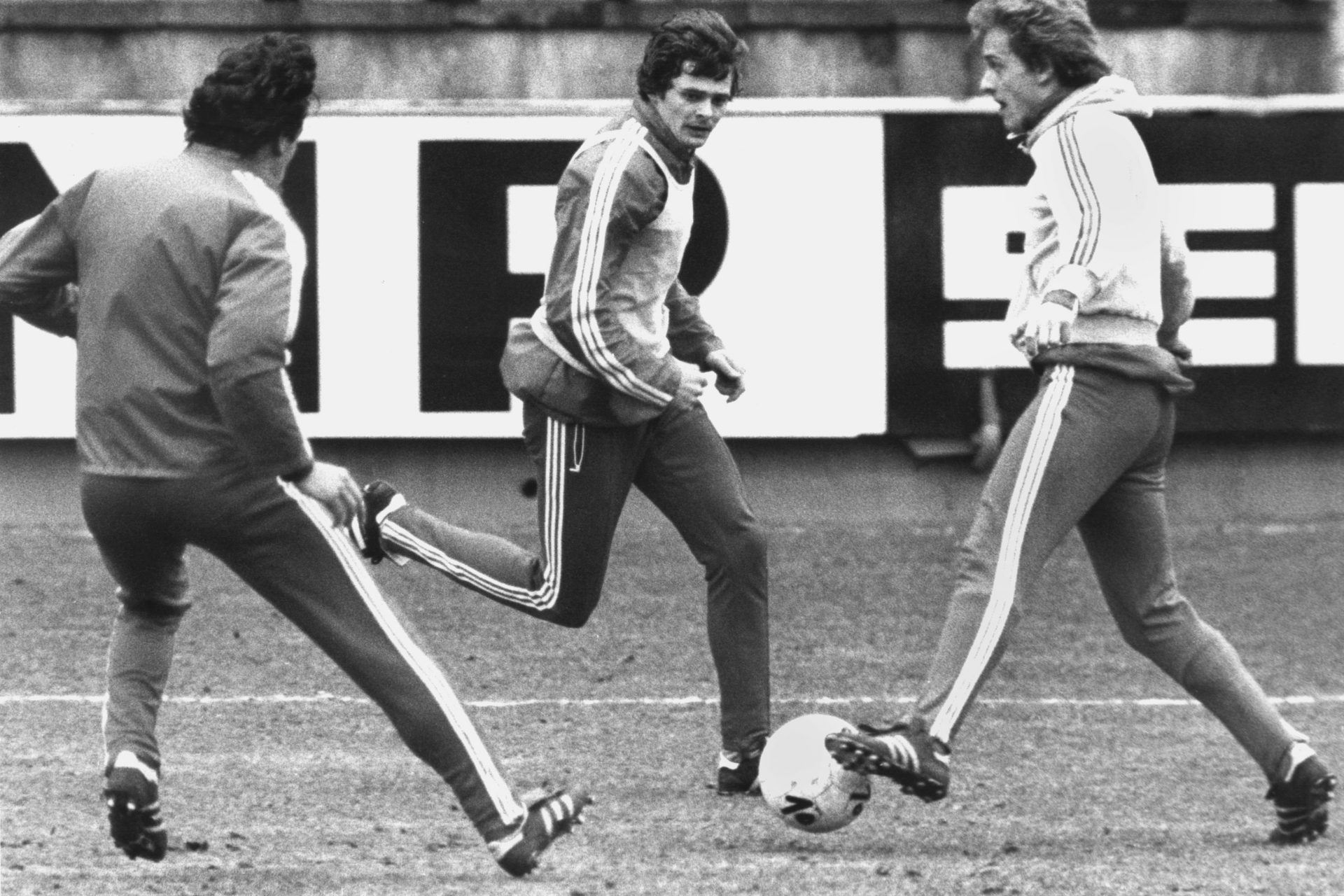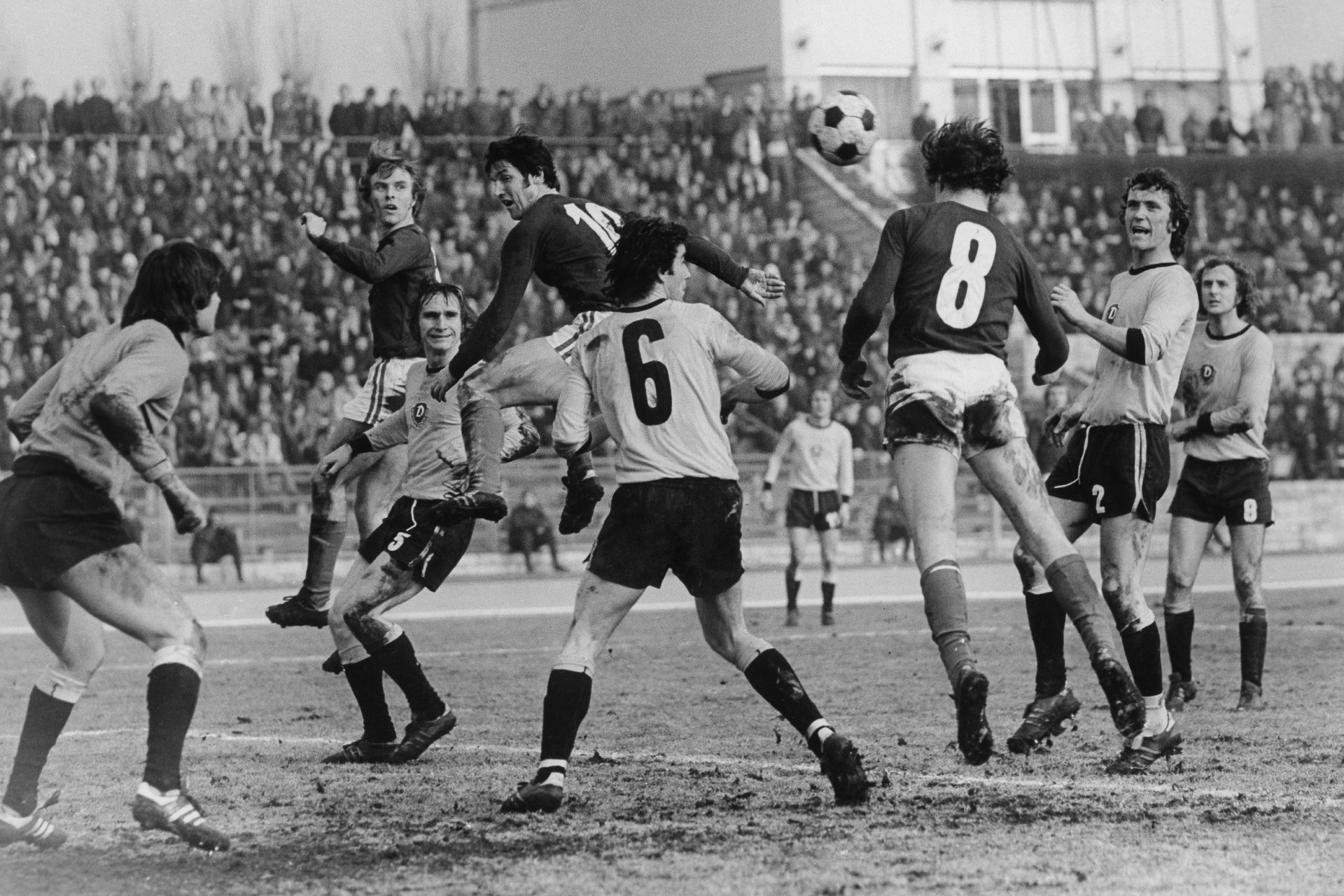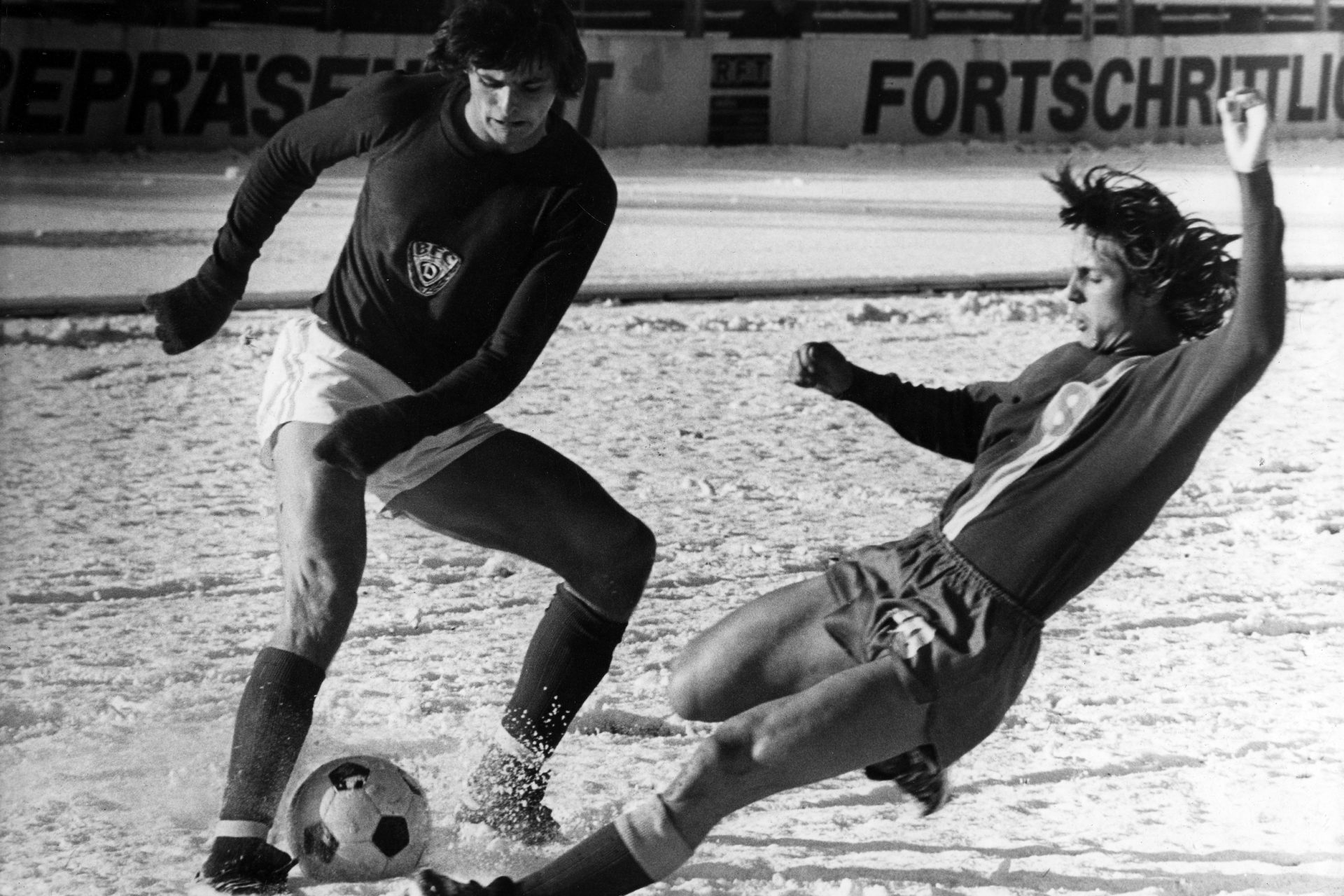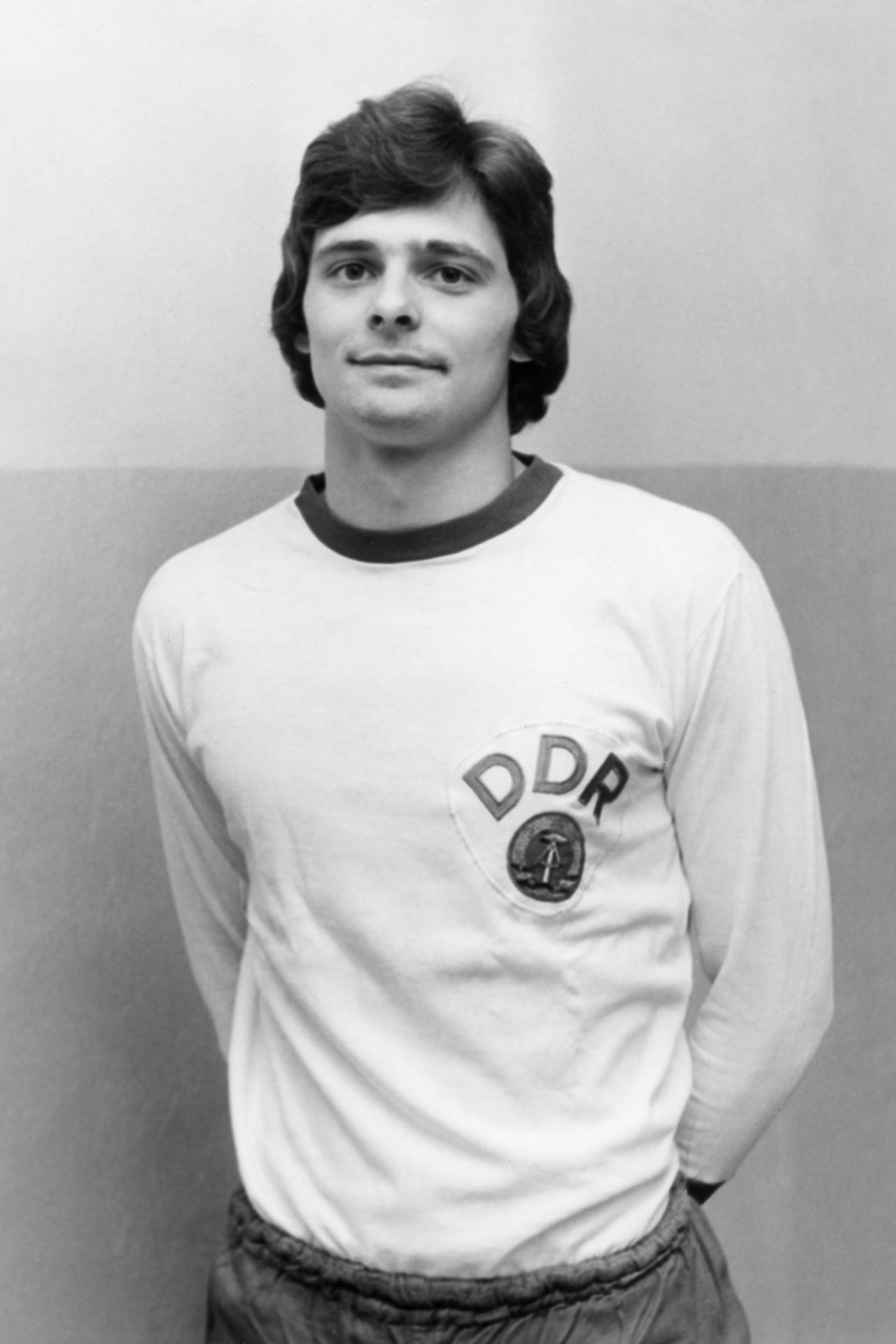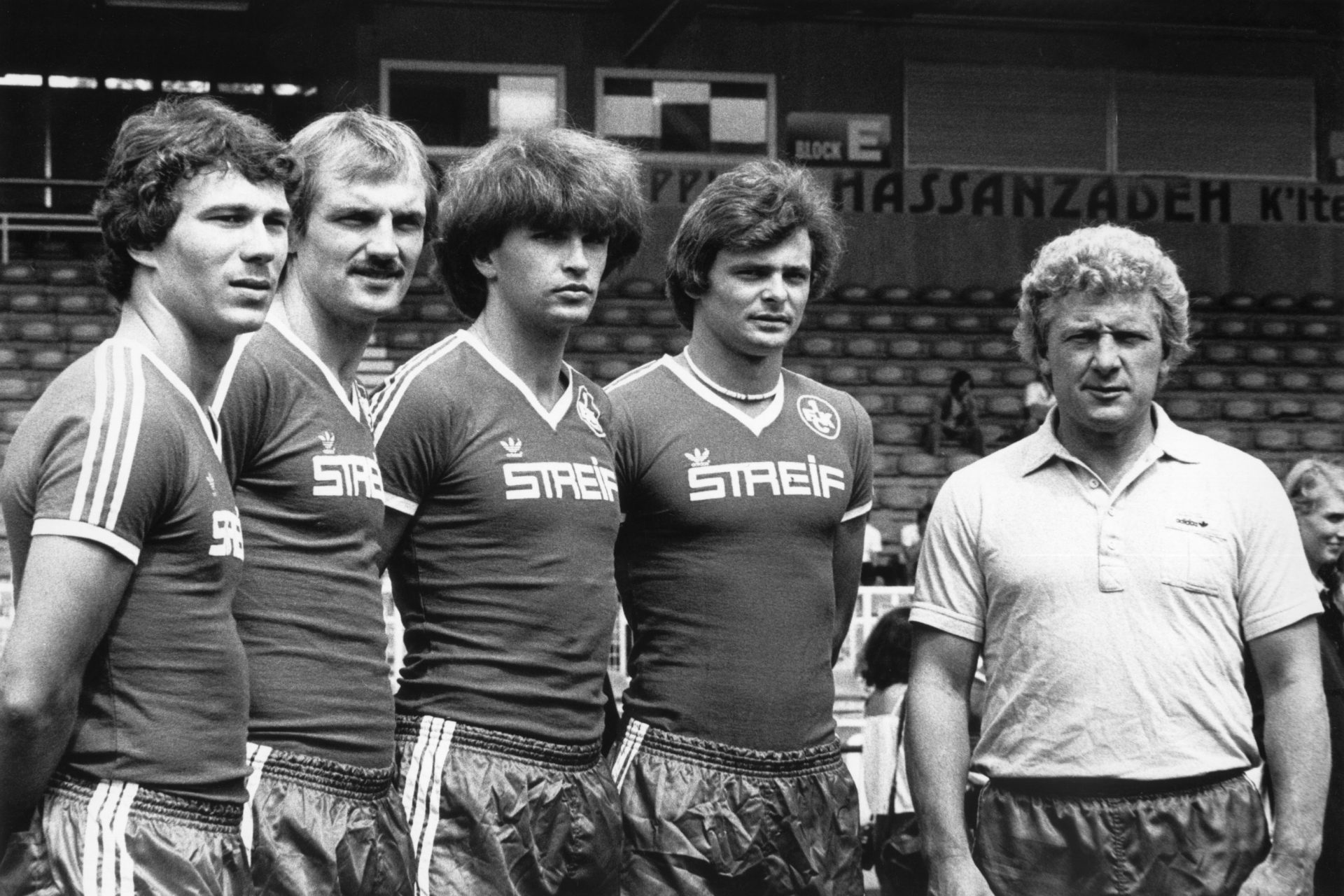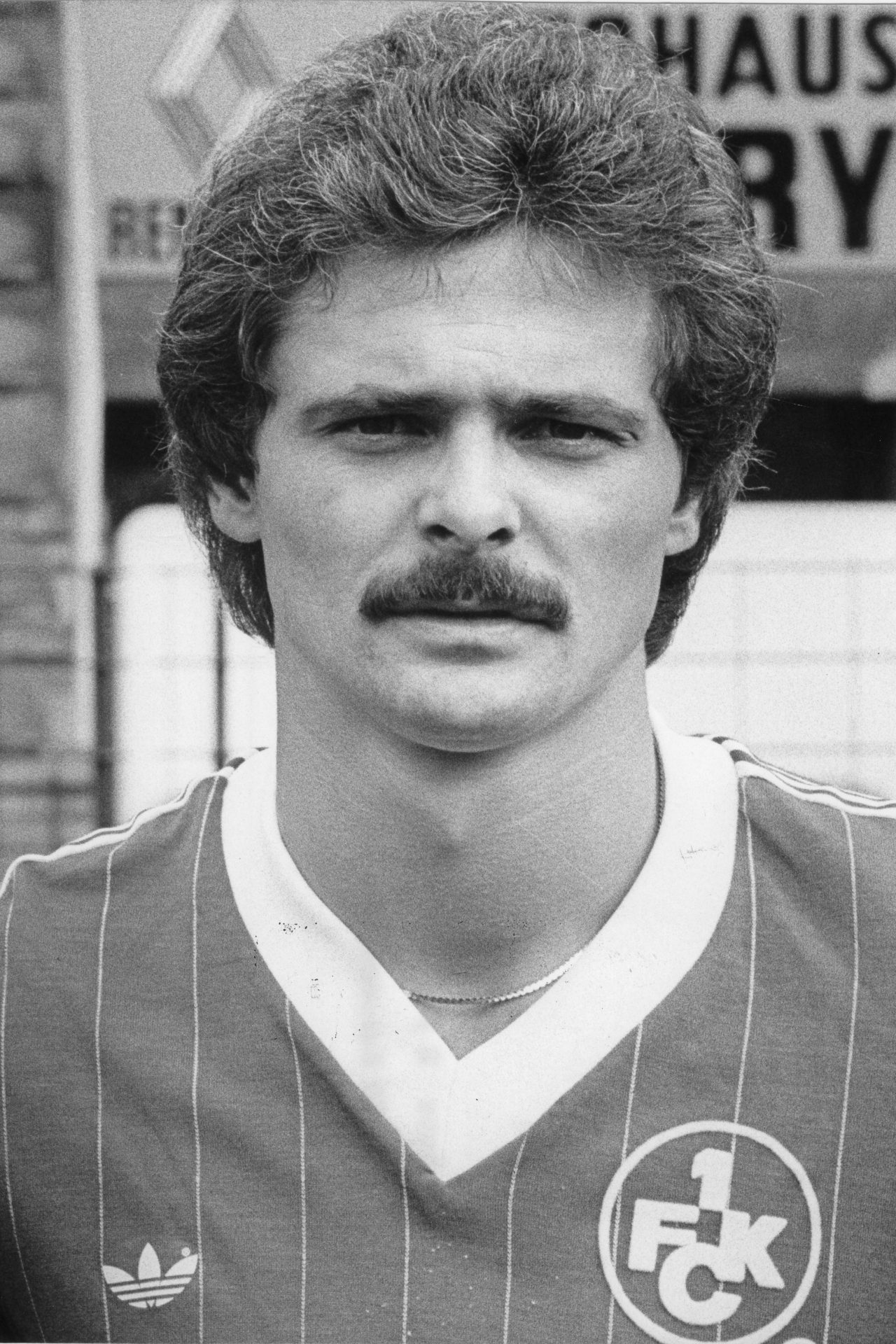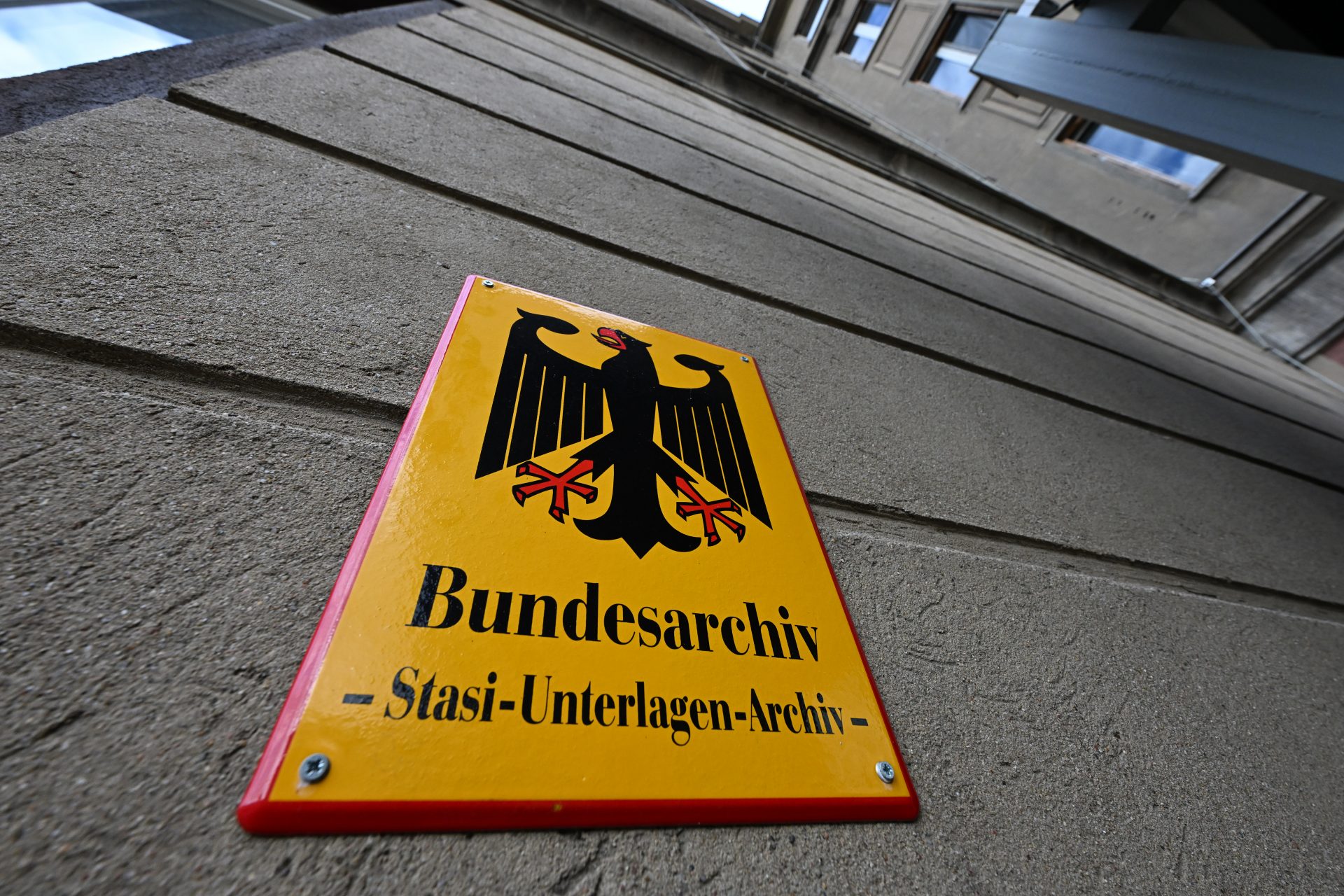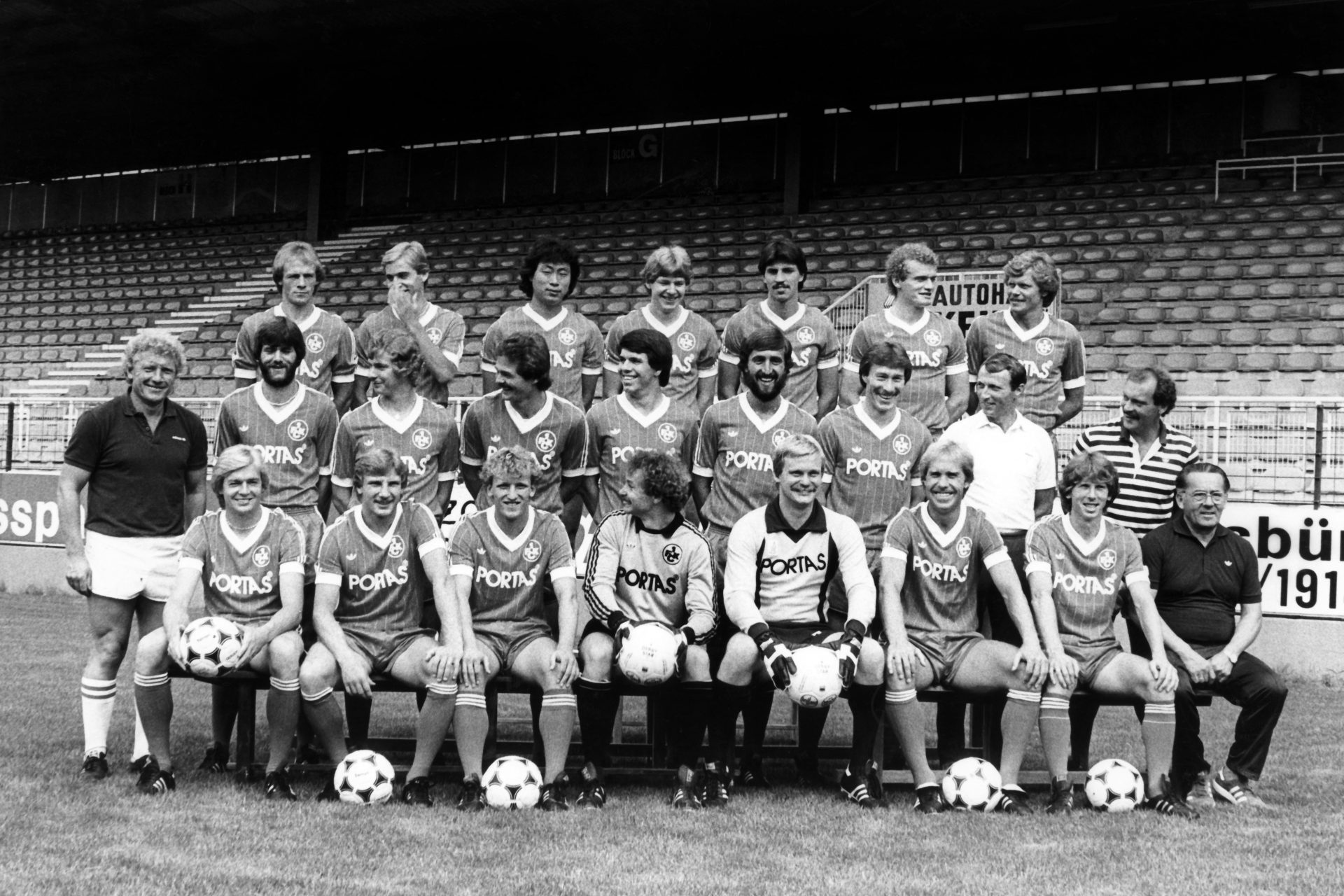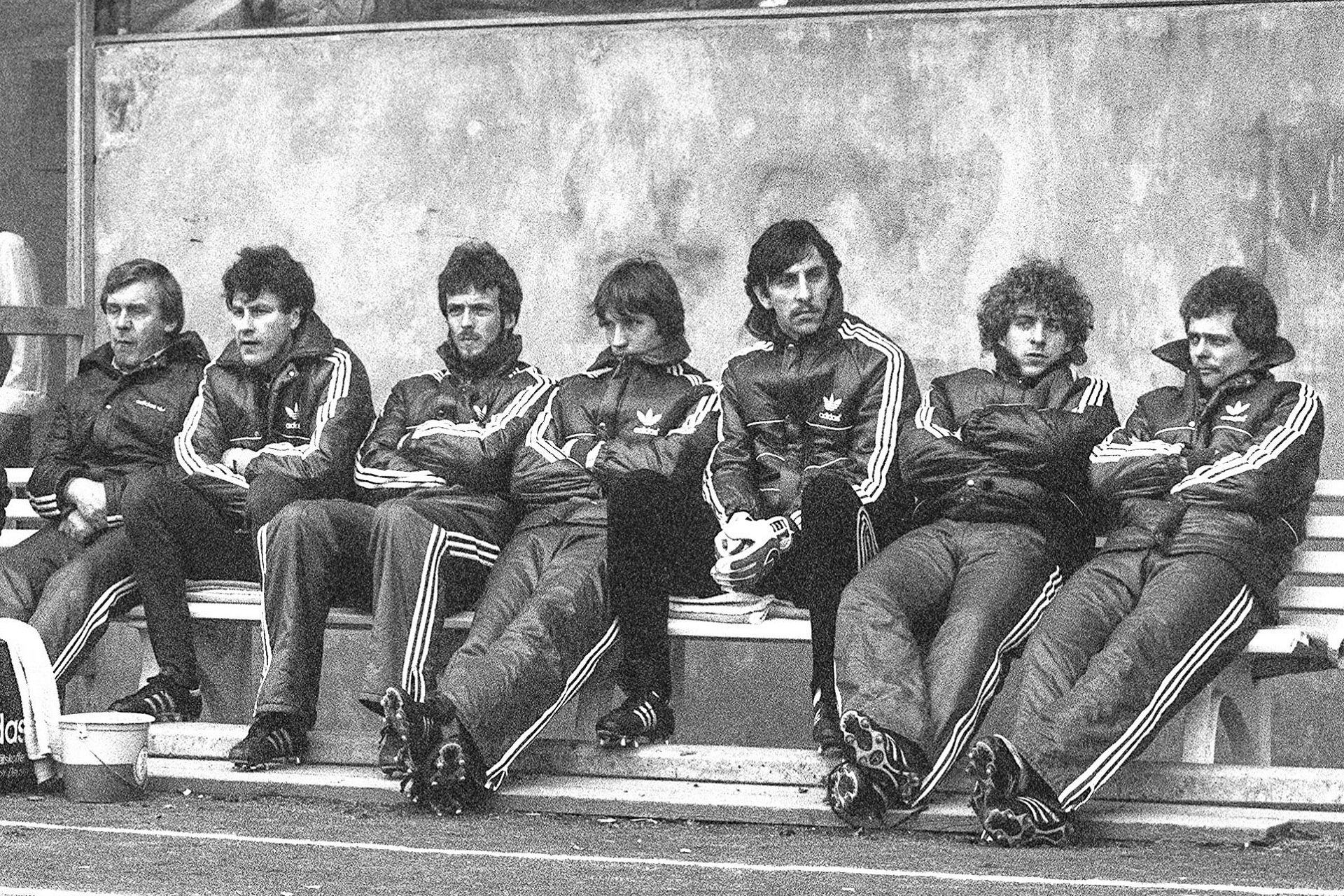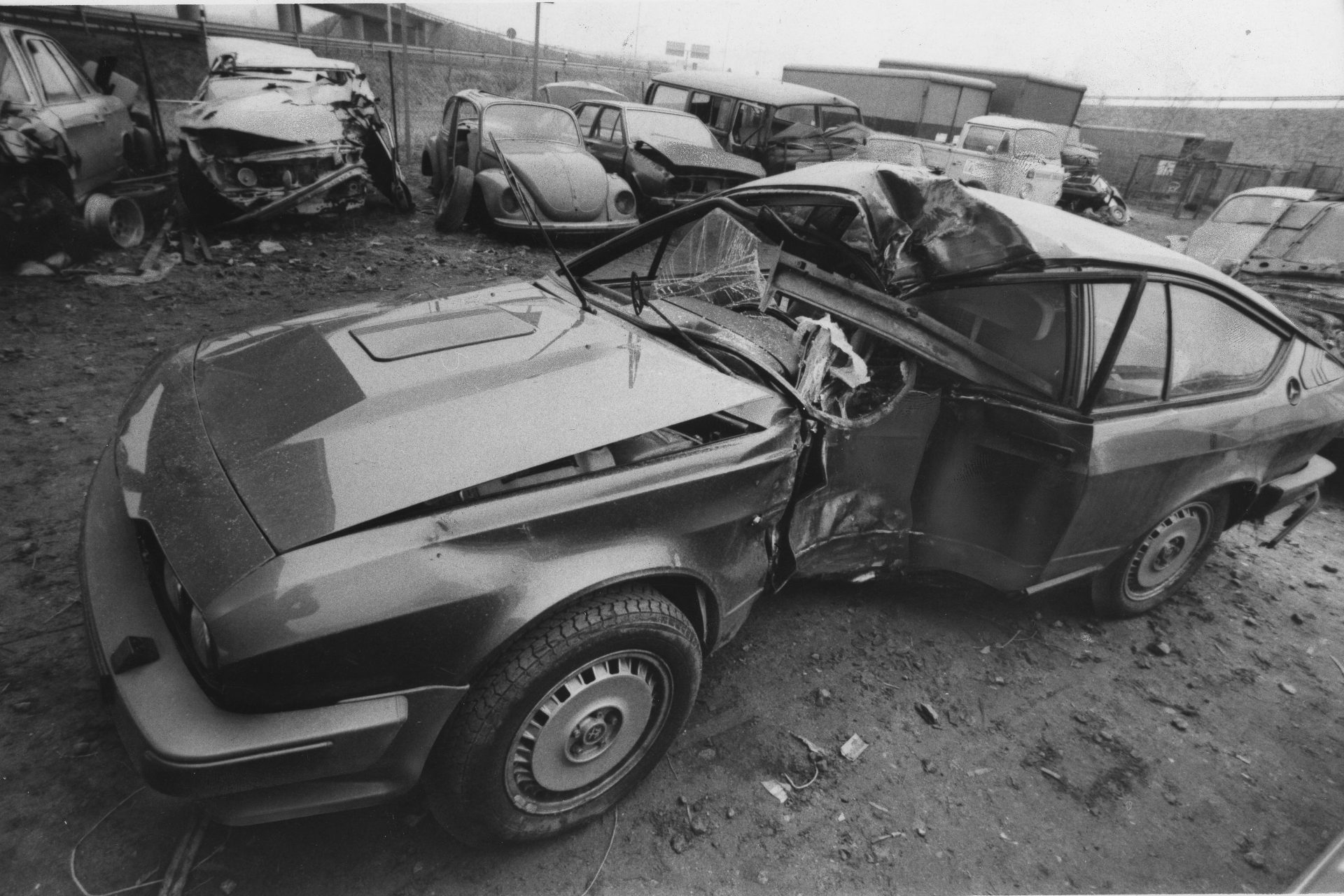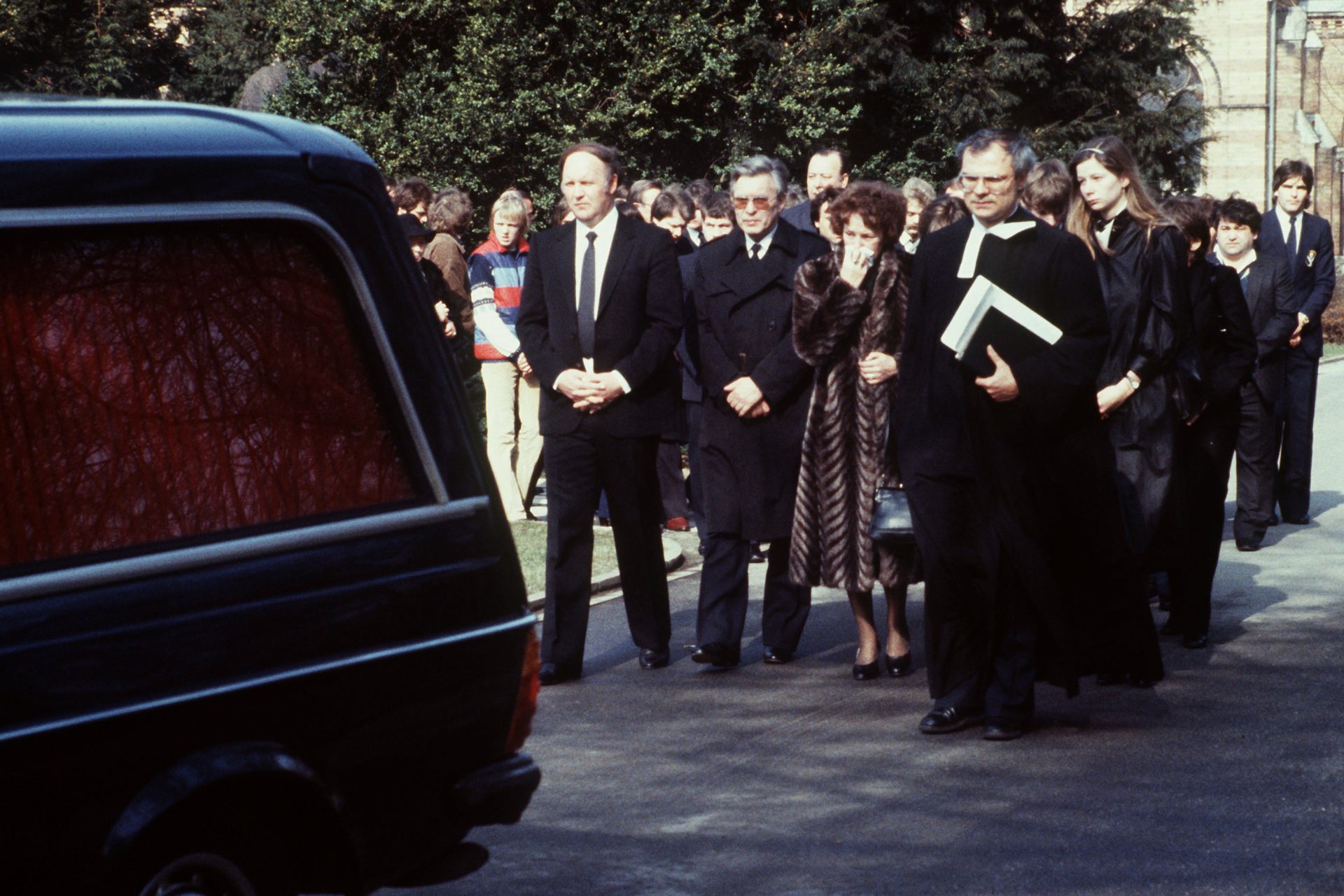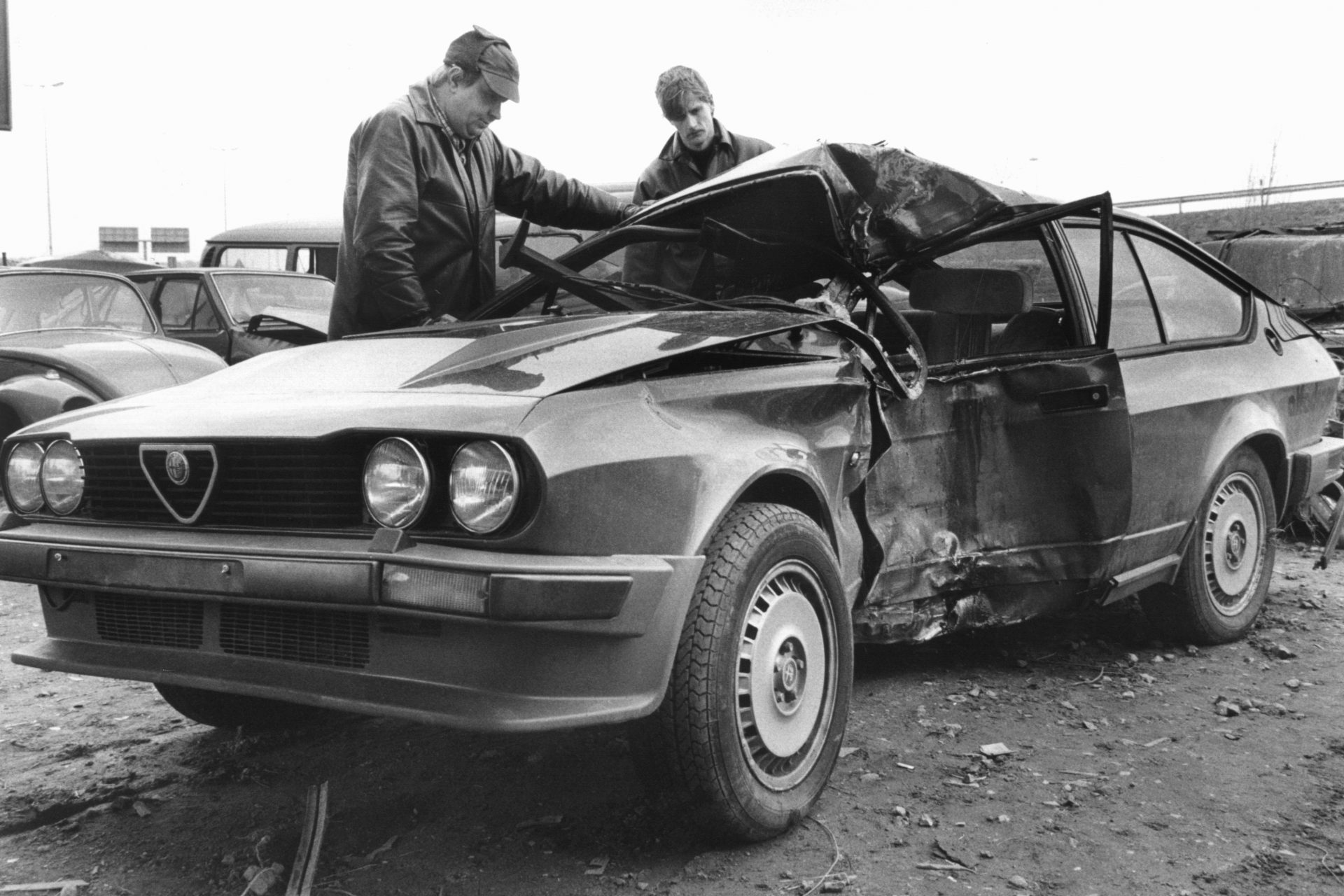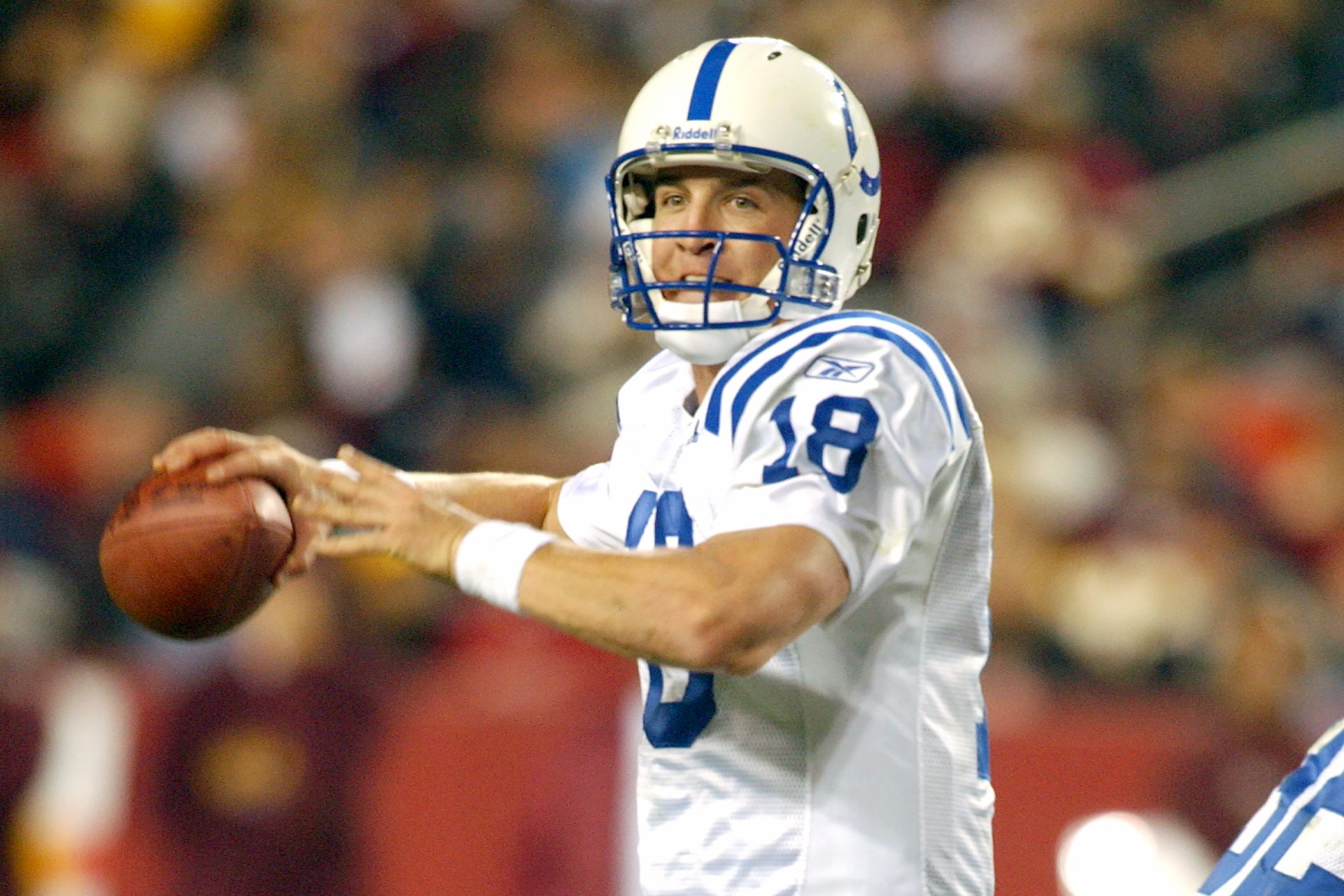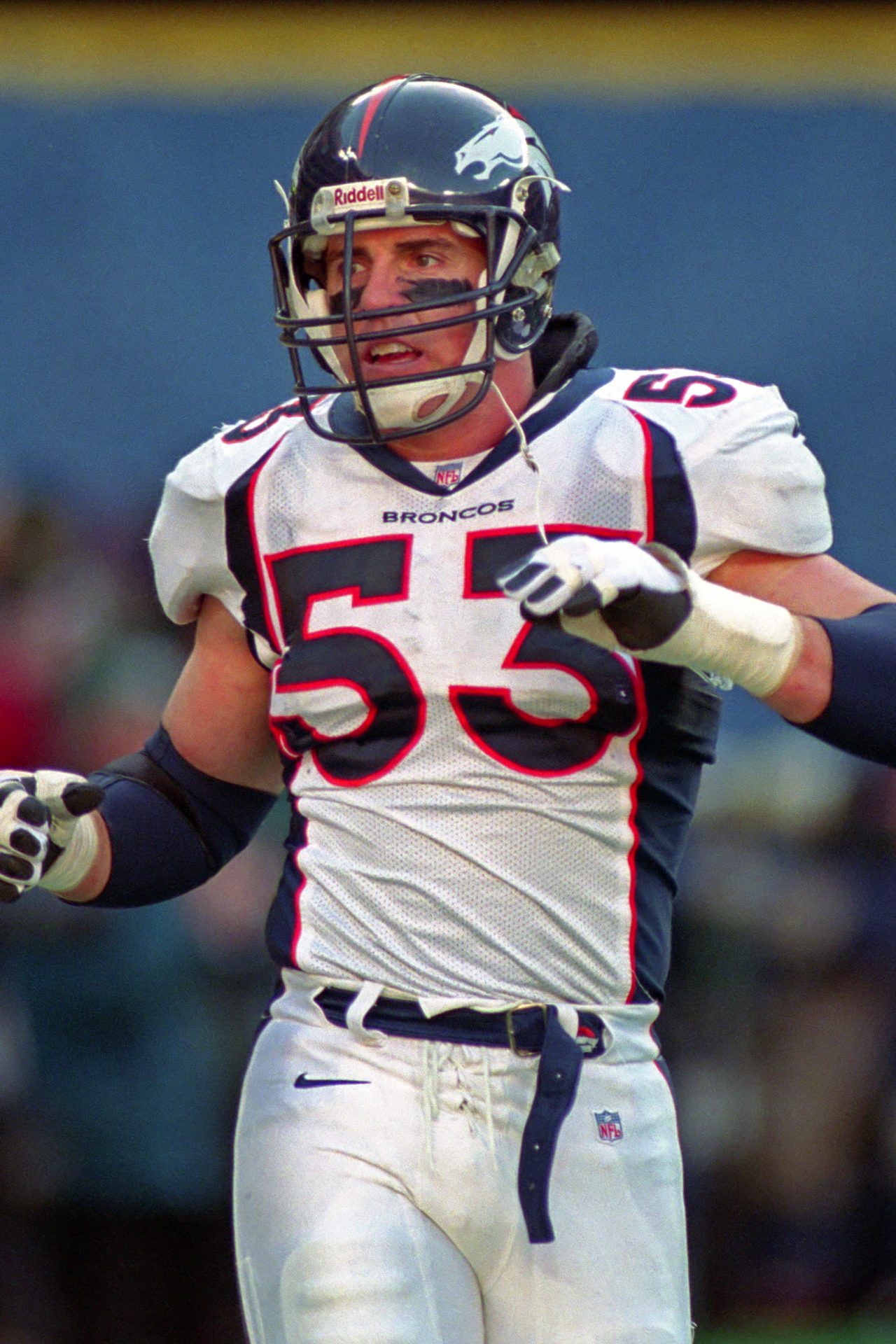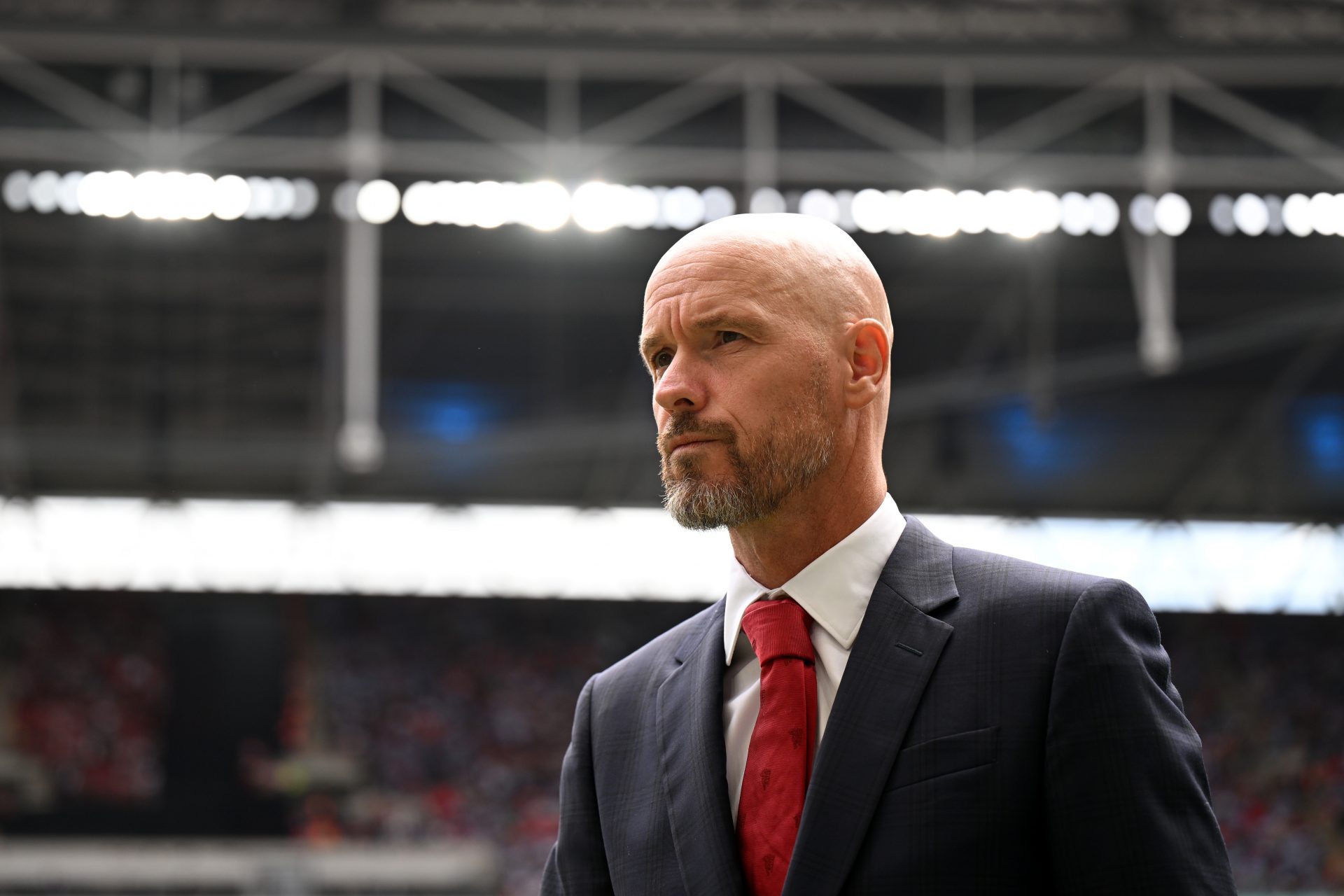Lutz Eigendorf: The mysterious death of the footballer who fled Communist East Germany
Lutz Eigendorf (photo center) played in the German Democratic Republic (GDR), also known as East Germany, national team – until he fled to the Federal Republic of Germany in 1979. Just a few years later, the 26-year-old would be found dead after a car crash – an accident that remains shrouded in mystery.
Lutz Eigendorf was born on July 16, 1956 in Brandenburg an der Havel. In 1964, he started playing football at BSG Motor Süd Brandenburg. From 1970, Eigendorf played in the youth division of BFC Dynamo – the club would later become champions of the GDR league.
Although Eigendorf began an apprenticeship as an electrician in 1973, he would soon quit his trade to devote himself entirely to football. Eigendorf worked as a civilian employee of the People's Police at BFC Dynamo and completed his military service in a guard regiment of the Ministry for State Security.
Photo: Football - Oberliga 1975/76: BFC Dynamo Berlin - Dynamo Dresden 3-4
Want to see more like this? Follow us here for daily sports news, profiles and analysis!
At the age of 18, Eigendorf (pictured left) made it into the BFC's top league team and was nominated for the GDR U-18 squad. In 1978, he played in the U-21 European Championship with the junior national team and was able to bring home silver for Yugoslavia. Shortly afterwards, he played for the GDR senior national team and was able to score both goals for the GDR with his head in the match against Bulgaria, which ended in a 2-2 draw.
Eigendorf played in six international matches for the GDR national team before he left in controversial circumstances.
In the spring of 1979, Eigendorf was a guest with BFC Dynamo at a friendly match against 1. FC Kaiserslautern in the Republic (aka West Germany). Eigendorf would use this as an opportunity to flee the GDR.
Eigendorf wanted to move to 1. FC Kaiserslautern and initially stayed in a guesthouse in Trippstadt under a false name before Norbert Thines, then managing director of the club, put him up in his own apartment.
For the sports officials of the GDR under Manfred Ewald (photo), Eigendorf's escape, which was barely covered in the state-controlled media, was a bitter blow. To prevent copycats, the players were subjected to more stringent checks.
All Eigendorf fan articles in the GDR were destroyed. The fans naturally noticed Eigendorf's disappearance and opposing fans chanted the slogan "If you want to escape to the West, you have to join Dynamo," as the Frankfurter Allgemeine Zeitung reported.
Eigendorf's first wife, whom he had left behind in the GDR with their daughter, was drawn into a love affair by a so-called Romeo spies – an agent of the Stasi who used their charms to extract information – to obtain details about Eigendorf. This affair would result in a child, while Eigendorf would remarry in the Republic.
Want to see more like this? Follow us here for daily sports news, profiles and analysis!
Eigendorf was observed by the Stasi and in 1979 an arrest warrant was issued against him in the GDR. In addition, the East German Football Association wanted to impose a two-year ban. However, FIFA, under then-President João Havelange (photo), only issued a one-year ban for changing clubs.
In 1979, Eigendorf signed a professional contract with 1. FC Kaiserslautern and played in the Bundesliga for the first time in 1980. Eigendorf did not take part in away games that could have posed a risk due to his refugee status, such as against Spartak Moscow.
In 1982, Eigendorf moved to Eintracht Braunschweig. Soon after his move, Eigendorf would be found dead after a car accident; an accident that is still the subject of much speculation.
It was March 5, 1983, when Eintracht Braunschweig played against VfL Bochum. Eigendorf was a substitute (photo on the far right) and then went to his favourite pub in the Querum district. He wouldn't make it home.
His Alfa Romeo GTV 6 went off the road and Eigendorf, who was not wearing a seatbelt and, as investigations later revealed, had a blood alcohol level of over 2 per mille (0.2 BAC), was seriously injured.
Eigendorf died two days after the accident at the age of 26. Following the news of his death, there was widespread speculation that the GDR Ministry for State Security (MfS) had caused the accident to get Eigendorf, who had been under surveillance by the Stasi since his escape, out of the way.
Sources, including Eigendorf's widow, have disputed how much Eigendorf drank before getting behind the wheel. There is also speculation, such as from author Heribert Schwan, that Eigendorf's death was set up. The theory goes that the young footballer was forcibly intoxicated before being 'blinded' by a truck that shined its high beams at the Alpha Romeo just before impact, as told by the BBC in 2019.
Although these theories were rejected by other parties, including the public prosecutor responsible at the time, documents from a department of the MfS were found in which Eigendorf was said to be affected by 'anesthetics' at the time of the crash and that he had been 'blinded' by truck lights.
Eigendorf's parents, who had received an exit permit from the GDR for their son's funeral, took advantage of the opportunity and never returned.
In 2011, the Berlin public prosecutor's office decided not to reopen the case because the evidence was insufficient to prove a contract killing.
Photo: Pixabay / bboellinger
The Lutz Eigendorf case may have been dismissed, but public interest in it still remains. In 2014, the artist Philip Groezinger took up the case in his installation entitled "7.3.1983", in which he recreated Eigendorf's crashed Alpha Romeo.
Want to see more like this? Follow us here for daily sports news, profiles and analysis!
More for you
Top Stories



